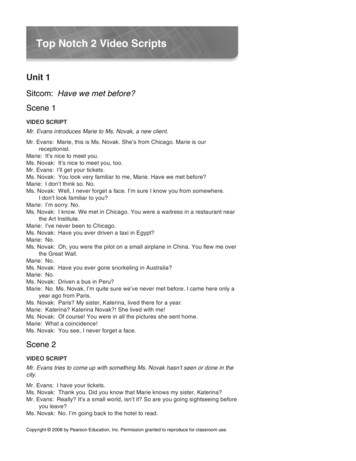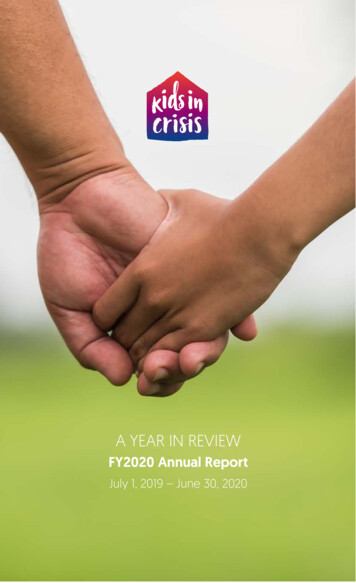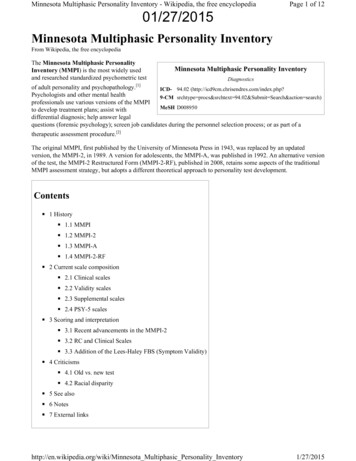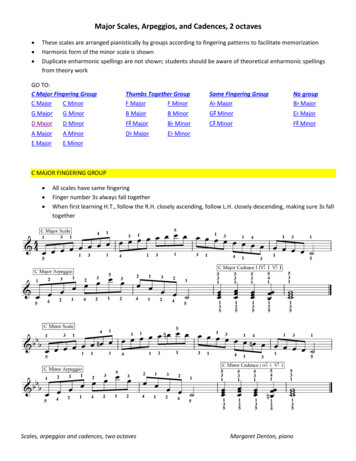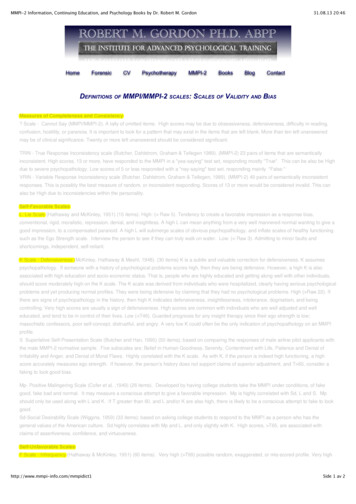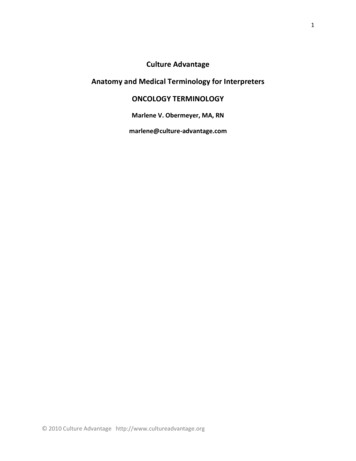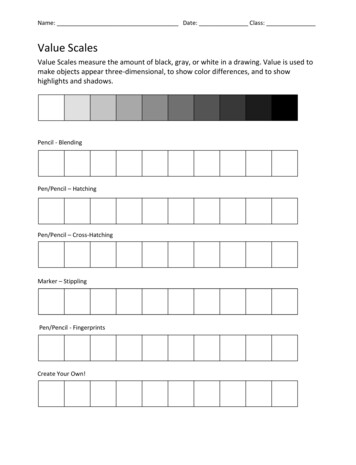
Transcription
Name: Date: Class:Value ScalesValue Scales measure the amount of black, gray, or white in a drawing. Value is used tomake objects appear three-dimensional, to show color differences, and to showhighlights and shadows.Pencil - BlendingPen/Pencil – HatchingPen/Pencil – Cross-HatchingMarker – StipplingPen/Pencil - FingerprintsCreate Your Own!
1ABCDEFGHIJKLMNOP23456789101112
Value Scale Drawing – Self Portrait (25 pts)Value ScalesValue Scales measure the amount of black, gray, or white in a drawing. Value is used tomake objects appear three-dimensional, to show color differences, and to showhighlights and shadows. Create several value scales using various line and patterntechniques (shading, hatching, cross-hatching, stippling, etc.).PhotographObtain a black-and-white photograph of yourself (headshot). It is best to use aphotograph that shows a high amount of contrast. If necessary, use a photo editor toincrease the contrast in the photo.MeasurementDraw a 12X16 grid on your photograph to divide the photograph into rows and columns.Draw a grid on your drawing paper with the same number of rows and columns. Thesquares on your drawing paper must be larger than the squares on your photograph,since we want to rescale the photograph.1. Measure the length and width of your drawing to the nearest sixteenth of aninch.2. Find the greatest possible error for your length and width measurement.3. Use your measurement to calculate the area of your drawing.4. Find the greatest possible error for your area measurement.5. Find the percent error for your area measurement.
6. Find the scale factor comparing your drawing to the original photograph. Explainhow you found your answer.7. Use the scale factor to find the ratio of the area of your drawing to the area ofthe original photograph. Show how you found your answer using the SCALEFACTOR.8. Suppose you were commissioned to recreate your drawing as a mural on a largewall that measures 20 feet from floor to ceiling. You want to leave a one-footborder above and below the mural. How wide will the mural be? Show yourwork.9. If you measure the space to the nearest inch, what is the greatest possible lengthand width of the mural? Show your work.
DrawingYou may wish to outline your drawing very lightly to guide you while you work.However, you are not creating a line drawing. The outline should not be visible in yourfinal product. Instead, you will be using changes in value to emphasize contrasting areas.Study each square in the grid on the photograph carefully to determine its value on thevalue scale. Refer to your value scales and choose a value from your value scale torepresent that particular square in your drawing. Mix and match scales (hatching, crosshatching, stippling, etc.) as you work so that no two adjacent squares have the exactsame pattern, even if they have the same value.ReflectionAnswer the following questions using complete sentences.1. Which part of this project was the easiest for me, and why?2. Which part was the most challenging for me and why?3. Where might scale drawings be used in real life (other than murals)?4. What did I like most about this project?5. If I had to do this project again, what would I do differently?
Value Scale Drawing Self Portrait (25 pts) Value Scales Value Scales measure the amount of black, gray, or white in a drawing. Value is used to make objects appear three-dimensional, to show color differences, and to show highlights and shadows. C


